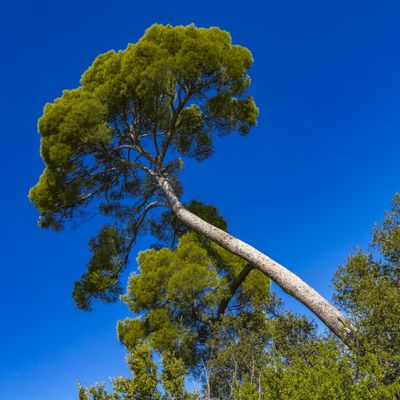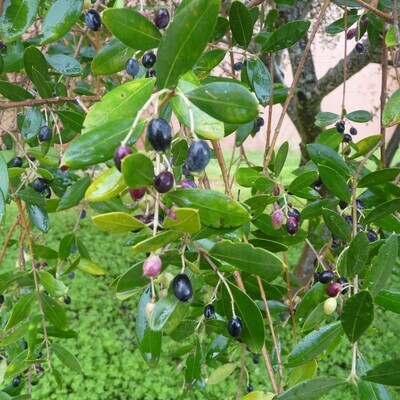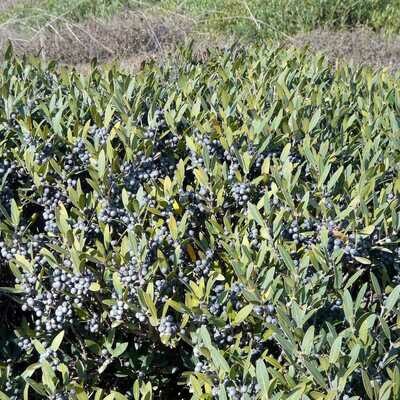jardimseco

Tetraclinis articulata
| Quantity | Price per item | Discount |
| 5 plants | €9,99 | 17% off |
The sandarac tree thrives in hot, dry, subtropical Mediterranean climates and is highly adapted to arid conditions. It grows from sea level up to 1,800 metres, preferring sunny, well-drained locations such as slopes and ravines. It typically grows to a height of 6–15 metres (rarely up to 20 metres) and often has multiple trunks; the form it takes depends largely on the growing conditions. The tree features scale-like leaves arranged in apparent whorls of four, articulated green branchlets and small woody cones with four thick scales. T. articulata exhibits distinct growth forms at different life stages: young trees have a pyramidal or conical crown with flexible, flattened branchlets forming open sprays. As the tree ages, the crown becomes irregular and often flattens out, resembling a cedar. The trunk may be straight or contorted, and older trees develop thick, scaly or exfoliating bark.
We would recommend this tree for any garden without heavy frosts. The open crown and light foliage provide an attractive contrast to other conifers, such as Cupressus. Besides its other attributes, it is fast-growing and blends in well with the Algarvian landscape.
Distribution map showing the range of Tetraclinis articulata

Giovanni Caudullo, CC BY 4.0, via Wikimedia Commons
| Images | Krzysztof Ziarnek, Kenraiz, CC BY-SA 4.0
|
| Krzysztof Ziarnek, Kenraiz, CC BY-SA 4.0
|
Tetraclinis fire resistance and more....
Como usar nossa loja online
-
Pode fazer uma encomenda seleccionando plantas com quantidades e colocando-as no seu saco de compras.
-
Ao fazer uma encomenda, não é obrigado a comprar as plantas online e não lhe será pedido qualquer pagamento nesta fase..
-
Confirmaremos consigo os preços, disponibilidade e datas de entrega/colheita por e-mail.
-
Só quando todos os detalhes da sua encomenda forem acordados, lhe enviaremos uma Factura/factura acordada e lhe solicitaremos o pagamento.
-
Assim que uma encomenda for acordada, exigimos um pagamento de 50% para assegurar as plantas. As plantas no cesto de compras não são reservadas até que uma encomenda seja efectuada
-
Disponibilidade - a loja contém 3 categorias de disponibilidade
-
Plantas prontas para envio, coleta em 14 dias
-
Plantas que temos mas que ainda estão a crescer nos seus contentores. Estas são oferecidas para reserva e serão libertadas assim que estiverem prontas. É fornecida uma data estimada para a sua disponibilidade.
-
Plantas de que apenas temos um stock limitado, ou que só nos propagamos ocasionalmente ou a pedido. Isto também inclui plantas que vamos propagar num futuro próximo.
-
Leia mais sobre a disponibilidade de nossa planta e pedidos antecipados aqui



